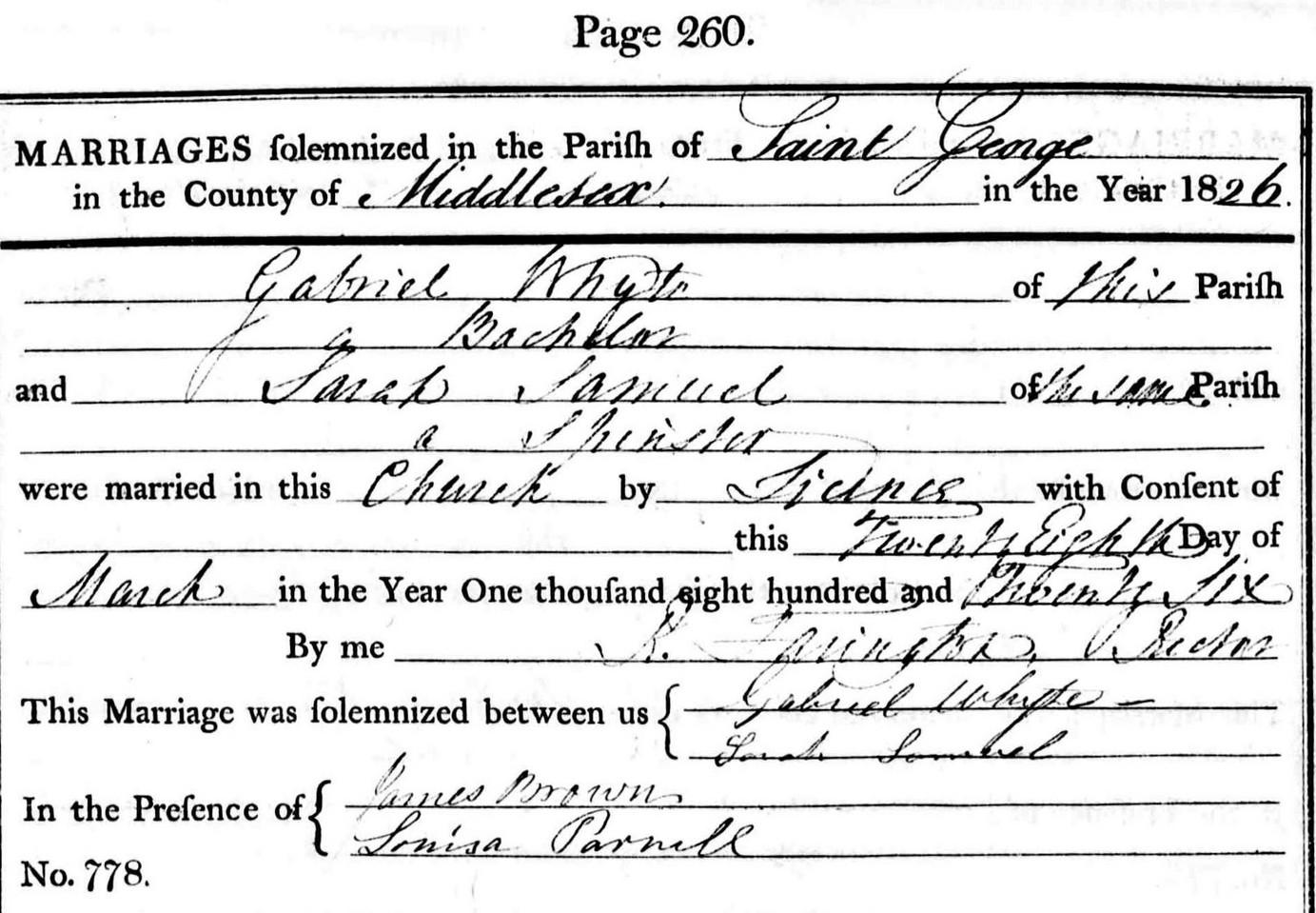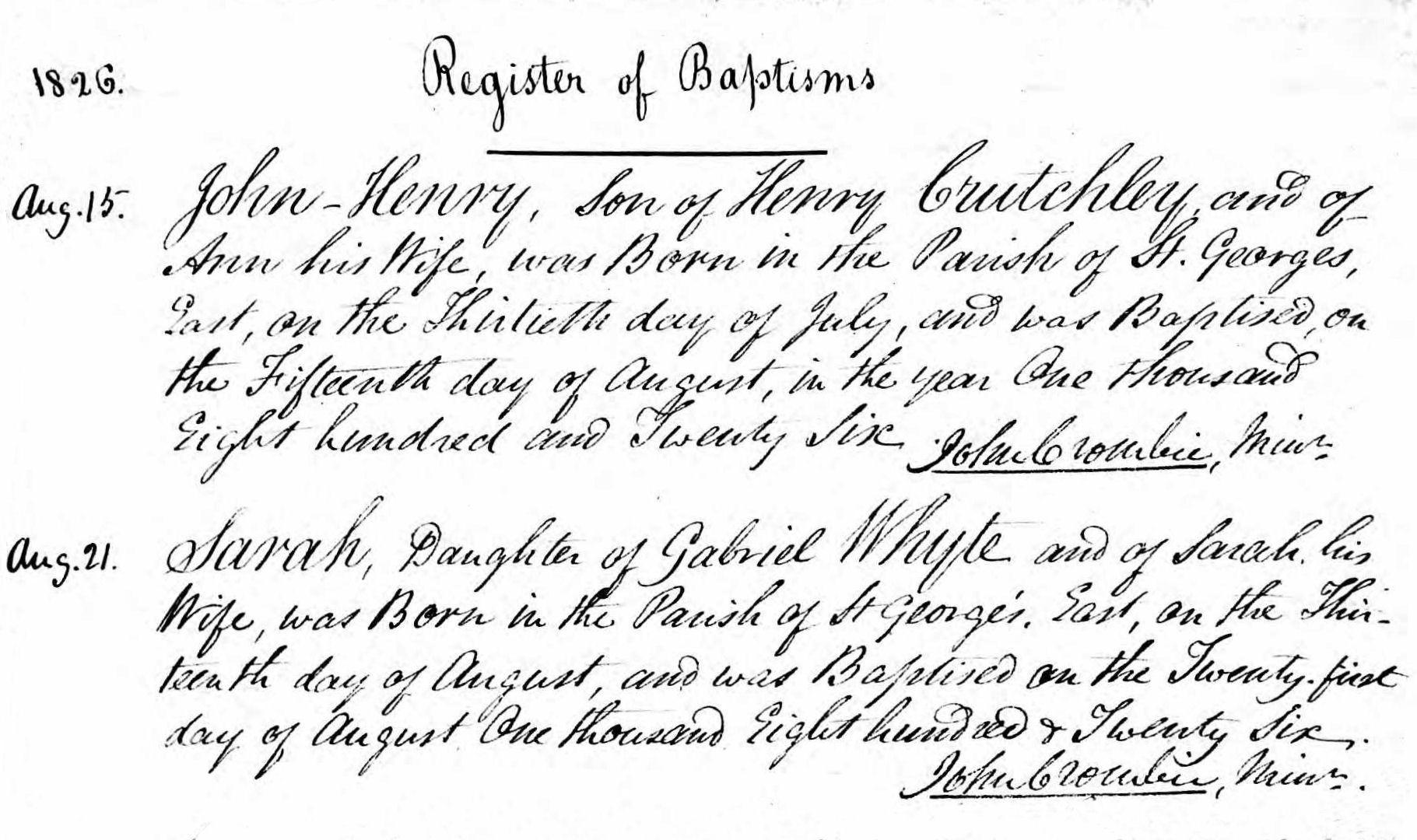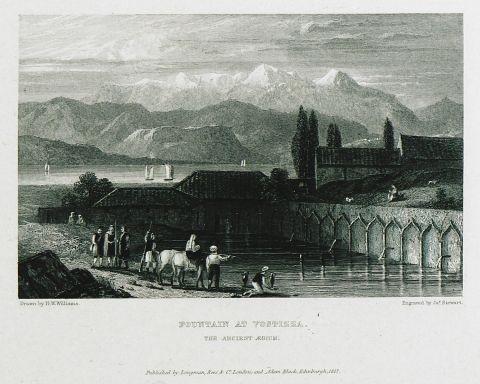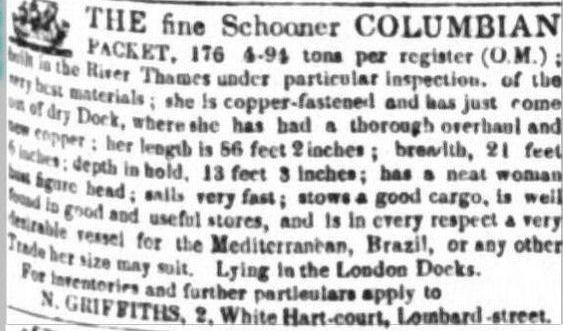Using certified sources to learn about an ancestor’s life.
Prior to the official civil registration in England and Wales of bmds, which commenced on July 1st 1837, the only way to learn about an ancestor who was not of noble birth, or famous, was by searching in parish or court records, or in newspapers. However, the early parish records were very limited as occupations were rarely mentioned and they seldom included useful information such as where they had moved from if they were not local. By 1841 the UK census was available, but it was not of much use for someone who had died before then. Wills are another useful source, but these virtually precluded most females.
To take an example of my struggle to follow the life of my cousin 4 times removed whose birth was not even recorded by name, I had to use other sources. She was baptised in Mountnessing, Essex, on May 15th 1796 as “female”, daughter of William and Grace, my 3 x great uncle and aunt. It has now been assumed that Sarah was the name of this child as
“my granddaughter Sarah Samuel spinster who now lives with me as my housekeeper” was mentioned as William Samuel's executrix in his Will written in 1817. He was my 4 x great grandfather and had ten children, all born and recorded in the parish registers for Mountnessing, Essex, from 1766 to 1783.
He did not have any other granddaughters called Sarah who were old enough to be a housekeeper. Sarah was one of his executors, together with three men of standing so was Sarah educated? This was unusual in those days. I could not find her death or marriage in the village, so after William’s death in 1818 and that of his wife in December 1825, I looked for Sarah in East London as my 4x great grandmother, Elizabeth Samuel, had gone there to live, and many of her extended family gravitated there. Sarah’s parents had also married there, in 1795. Yes, she was there, signing her own name, and married in the Church where Elizabeth had married her second husband, James Falconer, another of William’s executors, and where Elizabeth’s last child had just been baptised. Was this really her though as many Samuels lived in the East End of London? Yes, it was, the proof being her witness, Louisa Parnell, born in Writtle and wife of William Parnell. Sarah’s grandmother was a Parnell before marriage.
William Parnell himself was born near to Elizabeth’s home, in London, in 1784. He must have returned to Essex to find a bride, or she went to London to find employment, with Louisa being 22 when they married. He was Sarah’s 6 th cousin, but the Parnells were a close knit family, with William’s father Thomas Parnell, the other Executor to the 1817 Will, having been born in nearby Doddinghurst, just three miles away from Mountnessing.
1826 Marriage

What was more surprising though was that five months later Sarah gave birth to a daughter. Her husband, like James and his son, William Falconer, was a Master Mariner. It has been assumed that, in common with much of the family, Sarah initially stayed in London with Elizabeth Samuel who had married well, twice, and so was a very wealthy woman. Thus she probably met Gabriel Whyte, her husband here. Their daughter, also named Sarah, was baptised in St Vincent Scotch Church, a NonConformist Church, as Gabriel was from Scotland, as was James Falconer.

This child died in September 1838 of water on the brain, aged 12, and was buried in Shadwell. As she died in Well Street, West Hackney, I assume that she had gone here for medical attention from her home in Lucas Street which is where Elizabeth, her aunt, and James Falconer, her uncle, were also living.


Burial and death in 1838
Searching for a possible death of Sarah Whyte prior to 1841 as I could not find her in the census, I came across her burial back in Mountnessing, in March 1832, the final proof that she was the Sarah mentioned in the Will of 1818.
How many children did Sarah have in the six years that she was married? I only found one more, Catherine, 1828-1915, whose descendants are linked to me via DNA, 24cM, confirmed in a Will for Gabriel Whyte, Master Mariner, which he had made in August 1838. The Will mentioned his two dear children from his first marriage, but he did not alter this after Sarah died in September 1838.
He had remarried the previous December, to Isabella.

1837 Remarriage
He was Master and Commander of various ships that plied the Mediterranean, with passengers and cargo, but as this was around the time when we were at War with America and with France, the ships carried 10 guns. A record of the Columbian in 1837, the ship mentioned in his Will, showed that it limped into Falmouth, timber laden and full of water, with main and mizen mast standing. (Google books.) The article did not say if he had been shot at or just encountered bad weather. Many newspaper accounts describe the state of ships arriving in harbour, badly storm damaged, so it was probably caused by the weather, such as in this account: this evening the Gazelle schooner, Gabriel Whyte, master, from Vostizza, in the Morea, arrived here, laden with currants, bound to London put in with foul winds. Vostizza is a type of currant produced in Greece.


WILLIAMS, Hugh William. Select Views in Greece with Classical Illustrations, vol. ÉI, London, Longman, Rees, Orme, Brown, and Green / Edinburgh, Adam Black, M.DCCC.XXIX [1829]
Newspapers describe the many ships he was Master of, including the Ridley and Fox.

1837 Schooner Columbian
His Will was proved on 2nd July 1841, so Gabriel had probably died before the census. His last address, and the place where his daughter died, was Lucas Street, Commercial Road, which is where James Falconer was living in 1835. Once more my 4 x great grandmother proved to be central to the story of the movement of the Samuel family from Mountnessing towards London. But thanks to DNA I have finally been able to confidently place Sarah’s family in my ancestry.
